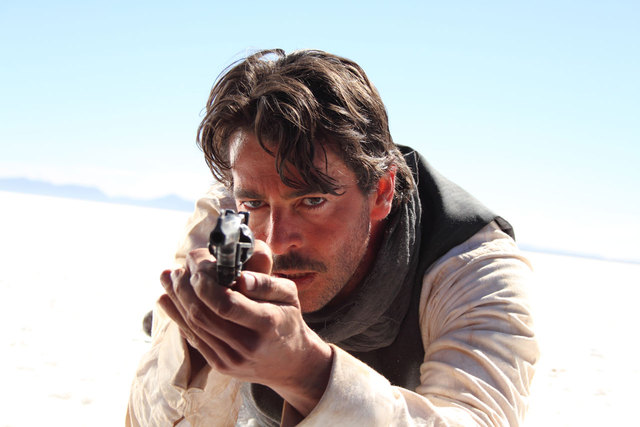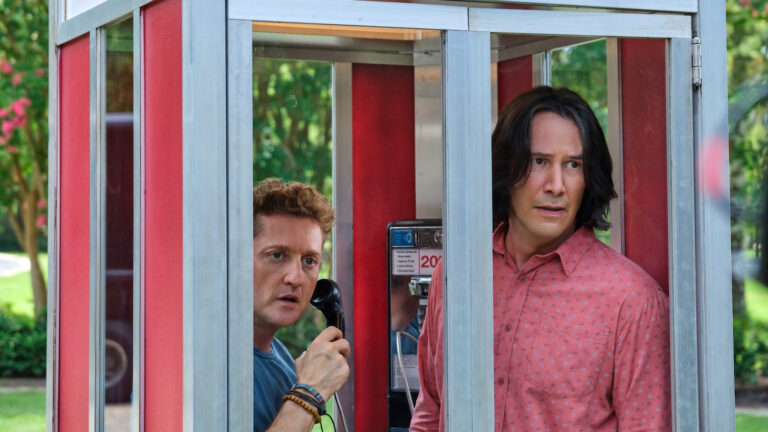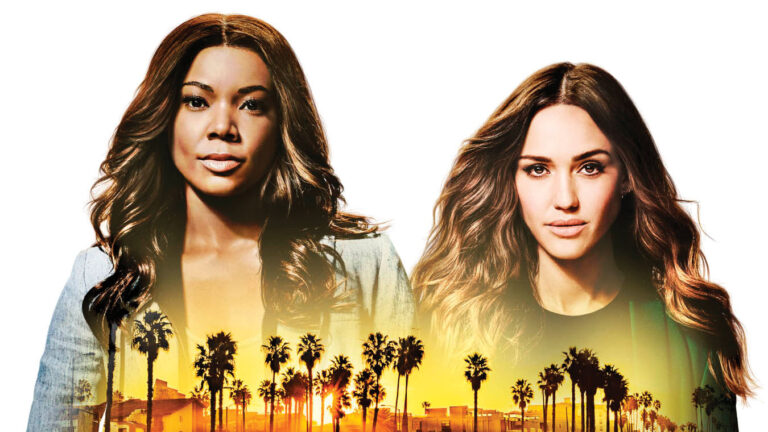Film Review: Sam Shepard Gets Butch In Vivid Bolivian Western Blackthorn
Butch Cassidy Takes His Own Famous Advice And Goes To Bolivia In Vivid Revisionist Western


“Mmm. Nice scenery.”

You’ll shoot your eye out!



